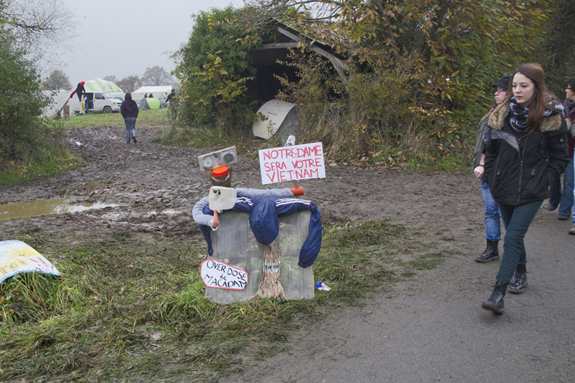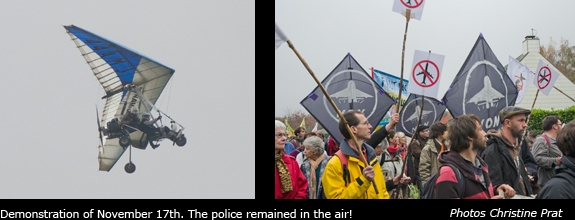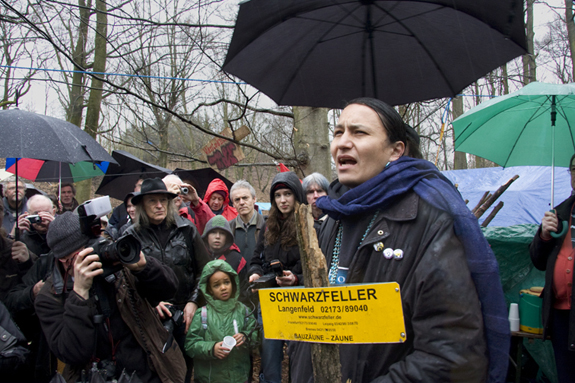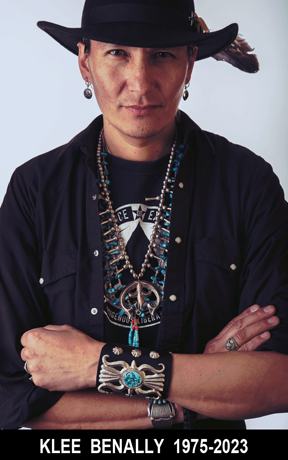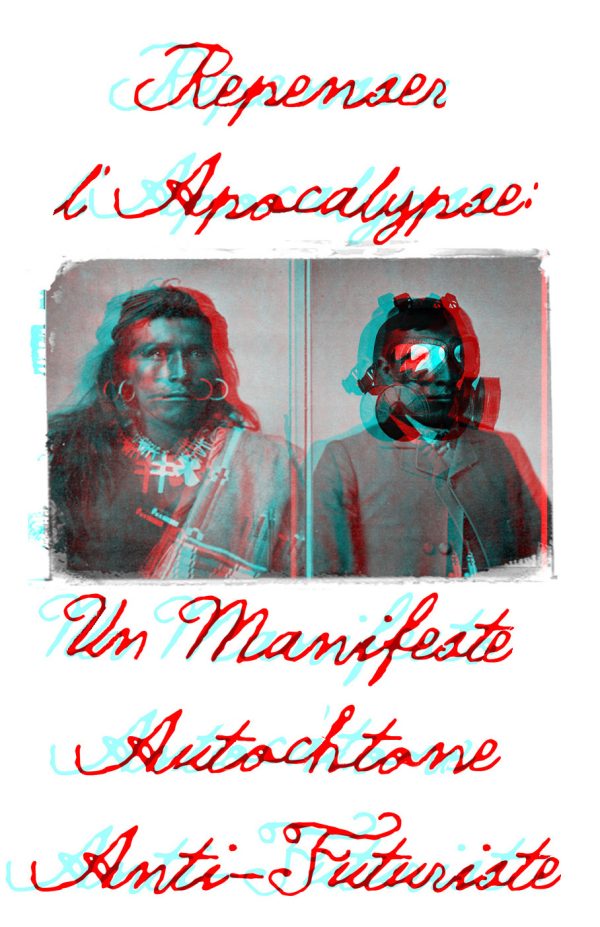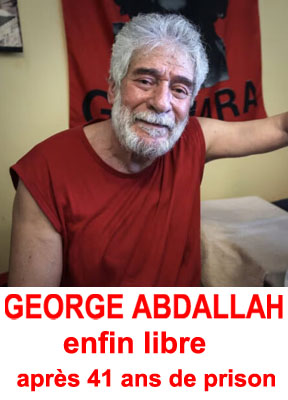Notre-Dame-des-Landes, 17 novembre Photo Christine Prat
28 novembre 2012
By Christine Prat
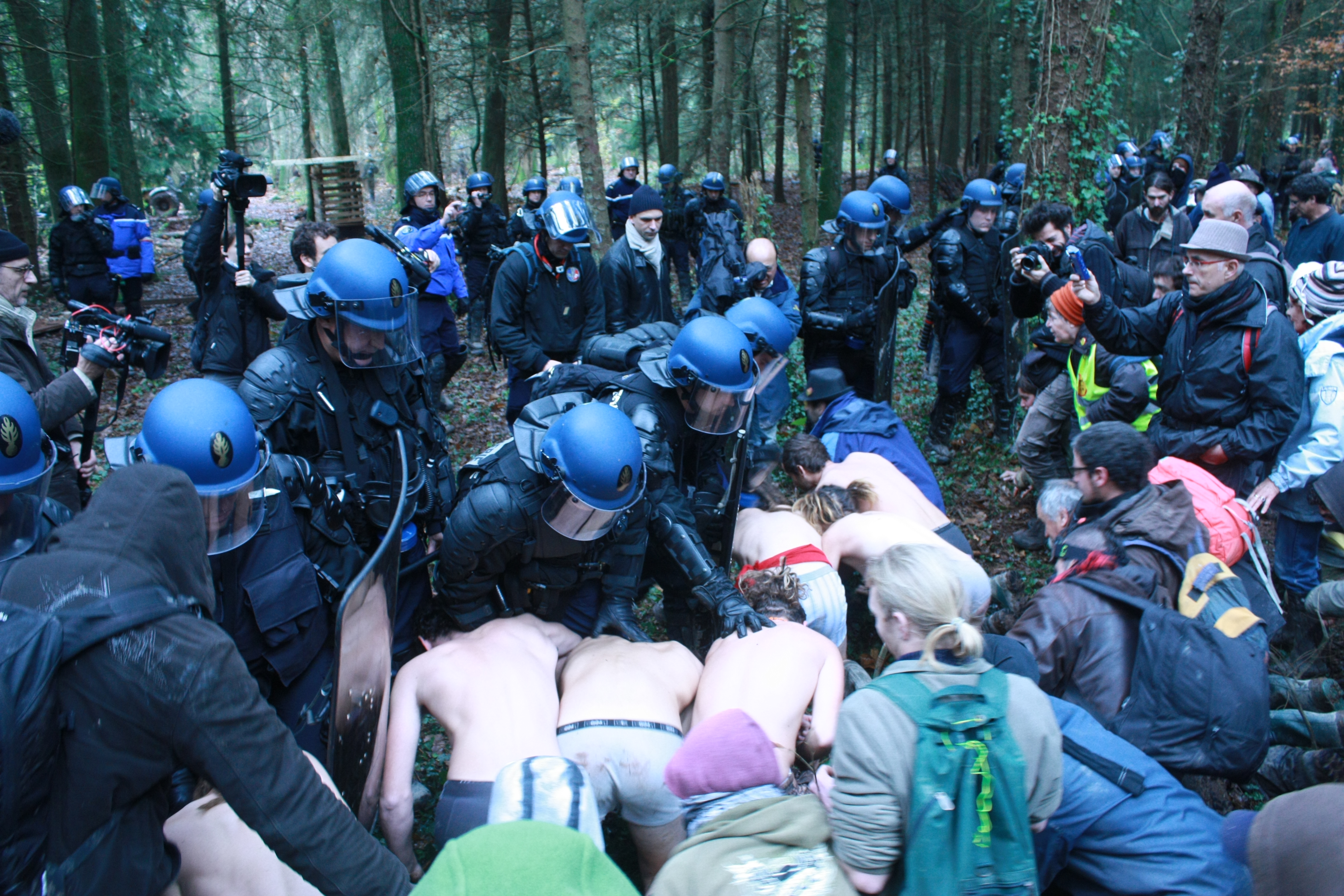
Photo http://lazad.noblogs.org/photos/
During the weekend of 23-25 November, violent clashes have occurred, as the military police attacked activists on an area slated for an airport project in Notre-Dame-des-Landes – a village near Nantes, while the riot police violently dispersed a support demonstration in the center of Nantes. Unfortunately people were wounded, some seriously. However, the events have forced the national and corporate media and their politicians to publicly admit that there is an issue: all day long they broadcast – distorted – news and – prejudiced – debates and interviews.
Some forty years ago, the French State and the local authorities devised the project of building a huge, international airport some 20 miles north of Nantes. The incredible sum of money necessary for the project was not available at the time so that the works never started. However, in 1974, the French Government reserved the area, declaring it ‘Differed Development Zone’ which meant that no building permit could be delivered on it. It protected the area from the then quickly developing agro-industrial business and urbanization craze, so that Nature took over the not privately owned areas – birds came back – while small farmers could go on with traditional agriculture on their private plots.
The area is a wetland. The importance of wetlands for the global climate has been discovered in between, so that French Law now demands that corporations and institutions destroying wetlands for their projects create others of the same size in the region or elsewhere in the country.
In the mid 2000 years, the project was dug out of forgiveness, mainly supported by the long time mayor of Nantes, Jean-Marc Ayrault, who became Prime Minister of France a few months ago, in the wake of the national elections. The main contractor of the public-private partnership is the building corporation Vinci, which has also been contracted to build the East End Crossing (Le Figaro, 21-11-2012), a bridge over the Ohio River, from Louisville, Kentucky, to South Indiana, and the Atlantic Bridge in Panama (Le Figaro, 15-11-2012). The ‘Préfet’ – local representative of the Ministry of Interior – who was in charge until 2009 and supported the airport project, immediately got a position at Vinci as soon as his official mandate expired, so that opponents suspect that he was already working for the corporation in his quality of civil servant. Vinci does not provide for the creation of a new wetland area in its project, which makes it illegal. Proponents try to minimize the problem by saying that it is the “only” issue which is not solved, but, as a matter of fact, it is a MAJOR issue that makes the whole project unlawful.
When the project was devised, kerosene was still cheap, and, on the basis of the development of air traffic at the time, they calculated that the existing Nantes airport would be saturated by 1983-84. However, in 2012 Nantes airport is still working at only 75% of its capacity.
Resistance
The project sunk into forgiveness, so that the initial resistance of local farmers and inhabitants dwindled away. But when it was dug out of the administration files in 2005, the directly impacted people formed the ACIPA, Inter Communal Association of Impacted Populations, which organized a ‘Week of Resistance’, showing documentaries, organizing debates and music shows. Then opponents decided to occupy the area, to settle in abandoned houses and to build cabins in the woods. As stated in CQFD, a Marseille based monthly, “Local opponents called for an occupation of the zone. Then we started to open the place, to occupy deserted houses, to settle in the woods, to build cabins. And then the acronym ZAD (for “Differed Development Zone”) became ‘Zone A Défendre’ (Zone to be defended)” says Kevin who has been living there for three years “[…] Some people have collective gardens to produce vegetables and onions, for instance. Others are more individualistic. A vegetable farm produces big quantities. A baker makes bread for free price twice a week. A farmer makes goat cheese. Some spent years building housing. Abandoned houses have been rehabilitated. Workshops are devoted to repairing cars and bicycles. A theater was built. There are libraries and a newspaper spreading news about the activities of the 35 sites on the area. We had shows. We use our cars to pick up wasted materials and food from supermarkets. That food is given out and left in a place called La Planchette so that everybody can help themselves.” (CQFD nr 105 – novembre 2012).
The diverse resisting groups were never united. The farmers and inhabitants were suspicious and reluctant to ally with environmentalist activists or anarchist squatters. Even the activist groups were quite different from each other: Caroline, quoted in CQFD, said: “[…] We are all anti-productivist, anti-capitalist, anti-authoritarian, and our common wish is to live differently, but our ways of doing it are different, according to each of us. Some live in cabins in the trees. Others are in houses with a relative comfort where anyone can help himself. […]” (CQFD nr 105 – novembre 2012).
Then, on October 16th, military police attacked the site, destroyed cabins and removed settlers. The diverse groups of resisters began to come closer to each other. In the following days, police harassment went on. Local farmers and inhabitants dropped their suspicion toward activists and declared their solidarity.
On November 17th, a huge demonstration (some 38000 people, from all over France and other countries) took place on the area. Political stars from the so-called ‘green’ and ‘leftist’ parties rushed to the spot to recuperate the struggle. But they were not allowed to make speeches. The demonstration was seen as a victory by the resisters.
Then, on Friday November 23rd, the military police violently attacked the area, fighting through the next day. On Saturday 24th, a demonstration in the center of Nantes was also violently attacked, in front of the Prefecture.
It was quite a shock. Some elected politicians locked themselves to the gates of the Prefecture to protest against the police action. Members of the Green parties in the government got a six months postponement of the project to allow an environmental impact study. The resisters are not convinced and demand that police be kept away from the area before they accept to discuss with the authorities.
See:
http://zad.nadir.org/spip.php?article656
http://actualutte.com/livenddl/
http://www.cqfd-journal.org/
Daily infos in English on the activists’ site:
https://zad.nadir.org/?lang=en
March 2009, Blackfire, on tour in Germany, expressed their support to German protesters struggling against the extension of Frankfurt airport. Many musicians also support the struggle in Notre-Dame-des-Landes, among others our friends of Haymarket and Trouz An Noz.
Photo Christine Prat

